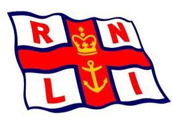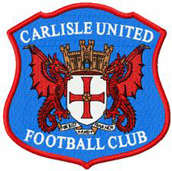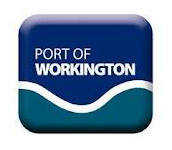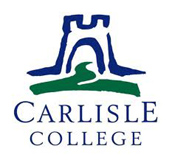- Home
- Scarrows
- Mariners
- Cumberland
- Miscellaneous
Liverpool
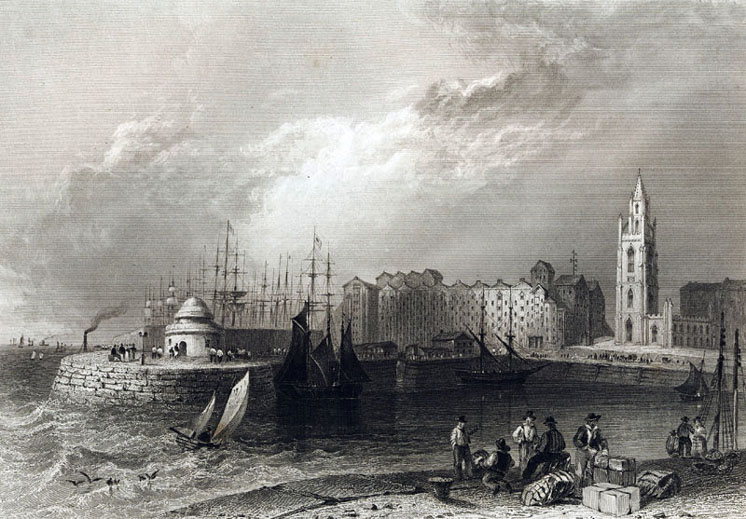
Liverpool dock and church circa 1840
The port of Liverpool was founded in 1207. The English had recently conquered Ireland and King John needed a port to send men and supplies across the Irish Sea. In the 14th century Liverpool probably had a maximum population of about 1,200. In the Middle Ages Liverpool's main trading partner was Ireland, however some wine was imported from France.
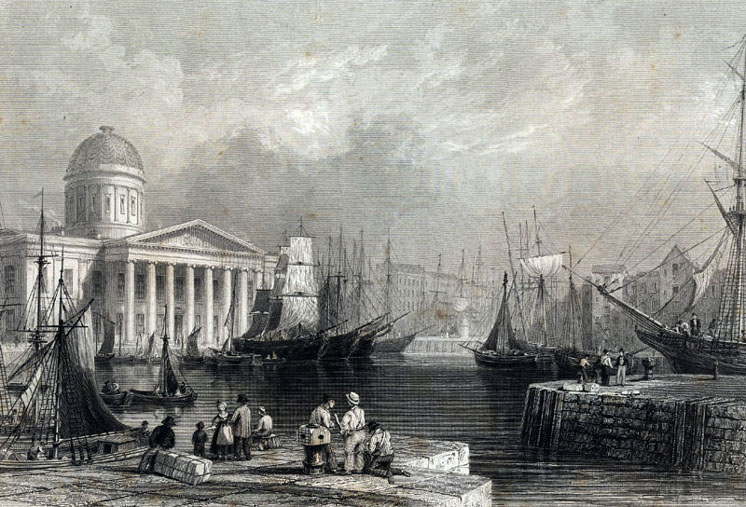
Liverpool Canning dock circa 1840
In the 16th century Ireland was still Liverpool's main trading partner. Exports from Liverpool at that time included coal, woollen cloth, knives and leather goods. There were still many fishermen in Liverpool. In the 16th century Liverpool had 12 vessels, and in the succeeding 70yrs to the first quarter of the 17th century only amounted to 24.The port was also used when English troops were transported to Ireland to put down rebellions in the 16th and early 17th centuries. Liverpool was growing at this time but it still had a population of only 2,000 in 1600. Like all towns at that time Liverpool suffered from outbreaks of the plague. There were severe outbreaks in 1558 and 1609, 1647 and 1650.

St. Georges Dock, late 19th Century
The earliest church in Liverpool the Chapel of St Mary. By the middle of the 14th century there was also the chapel of Our Lady and St Nicholas (St Nicholas is the patron saint of sailors, which was appropriate to a port like Liverpool). In 1699 Liverpool was finally made a parish of its own. The first parish church was St Peters, which was built in 1704.
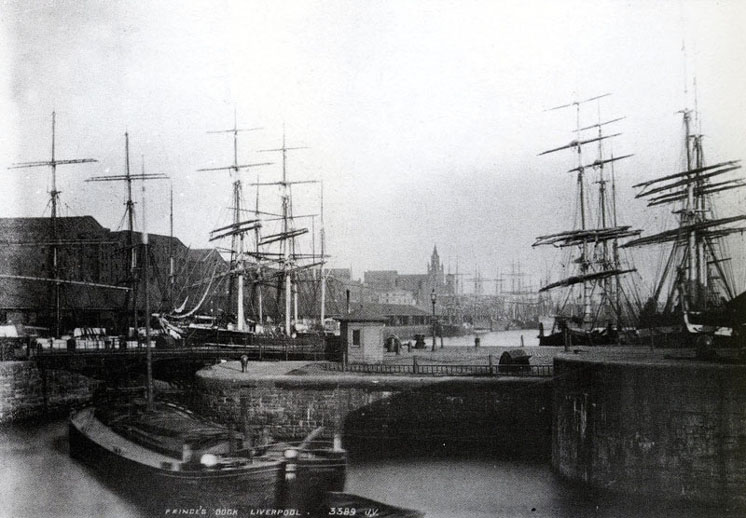
Liverpool began to grow rapidly in the late 17th century with the growth of English colonies in North America and the West Indies. Liverpool was well placed to trade with colonies across the Atlantic. The town boomed. Liverpool at this time also had trade with Norway, Hamburg, the Baltic, Holland and Flanders.
Liverpool continued to grow rapidly. By the early 18th century it had probably reached a population of 5,000. Shortly after 1720 the river Weaver, which ran through the saline districts of Cheshire, was made navigable. This succeeded in drawing a share of the salt trade to Liverpool. Measures were also undertaken to render the Mersey and Irwell navigable from Liverpool to Manchester, and the river Douglas from the coal-fields of Wigan to the mouth of the Ribble. By 1750 the population of Liverpool had reached 20,000 and by 1801 77,000. Many of the inhabitants were immigrants.
The first dock in Liverpool was built in 1715. Previously ships were simply tied up by the shore but as the port grew busier this was no longer adequate. Four more docks were built in the 18th century. In the middle of the 18th century the Lancashire coal-pits were thrown open to Liverpool trade with the opening of the Sankey Canal. The West Indies supplied all their cotton production to the Liverpool, which in turn supplied Manchester and enabled it to be the first manufacturing town in the world. Its manufacturers of glass, machinery, cutlery and earthenware were exported back through Liverpool. Liverpool grew to be the third largest port in the country behind London and Bristol.
From about 1730 the merchants of Liverpool made huge profits from the slave trade. The trade formed a triangle. Goods from Manchester were given to the Africans in return for slaves. The slaves were transported across the Atlantic to the West Indies and sugar was brought back from there to Liverpool. At the end of the century a famous actor visited Liverpool. When he was booed he told the audience that every brick of their town was 'cemented with the blood of an African'.

In the 18th century sugar refining became an important industry in Liverpool. Shipbuilding also became a flourishing industry. Rope making also prospered. In Liverpool there was also some manufacturing industry such as iron working, watch making and pottery. In the 18th century rivers were deepened to make it easier for ships to sail on them. The Mersey and Irwell were deepened in 1720 and the Sankey Brook in 1755.
In 1752 there were 124 ships engaged in trade with the plantations of North American and the West Indies and 88 with Africa. The coasters to Ireland alone were 125, as early as the days of Elizabeth, Ireland had furnished the greater part of the imports and consumed the greater part of the exports of the town, the Irish trade was more to Liverpool than its foreign trade. The linen yarn alone, thence imported for the use of Manchester was enormous. Besides these there were 80 vessels in the salt trade, and 21 in the London cheese trade. In March 1774 the Leeds and Liverpool canal was opened from Bingley and Bradford, and in the autumn of the same year from Liverpool to Wigan at the other. Later in the century the Rochdale, the Staffordshire and the Ellesmere canals, and the Trent to the Mersey canal were built, linking some of the richest and productive parts of the Britain to the port.

Salthouse Dock, late 19th Century
In 1801 the population of Liverpool was about 77,000. By 1821 the population had reached 118,000. In 1835 the boundaries of Liverpool were extended to include Kirkdale and parts of Toxteth and West Derby. By 1851 the population of Liverpool had reached 376,000. There were many Irish immigrants in the early 19th century. Their numbers reached a peak during the potato famine in the 1840s.
The port boomed and many new docks were built. By the middle of the 19th century Liverpool was second only to London. The Manchester ship canal was completed in 1894. Although the docks dominated Liverpool there were other industries such as shipbuilding, iron foundries, glass manufacture and soap making.
Liverpool officially became a city in 1880. By 1881 its population had reached 611,00. In 1895 the boundaries of the city were extended to include Wavertree, Walton and parts of Toxteth and West Derby.
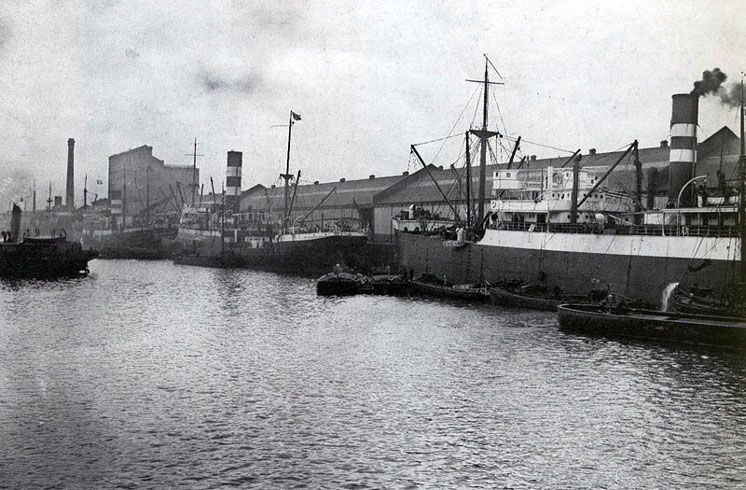
Brunswick Dock with Harrison steamships, early 20th Century
By 1901 the population of Liverpool had reached 685,000. In 1904 the boundaries of the city were extended again to include Fazakerly.
The Tower Building was built in 1908. In the 1910s three of Liverpool's most famous buildings were erected on the site of St George's dock, which had been filled in. The Liver Building was built in 1911. The Cunard Building was built in 1916. The Port of Liverpool building was also built at that time. The Lady Lever art gallery opened in 1922.
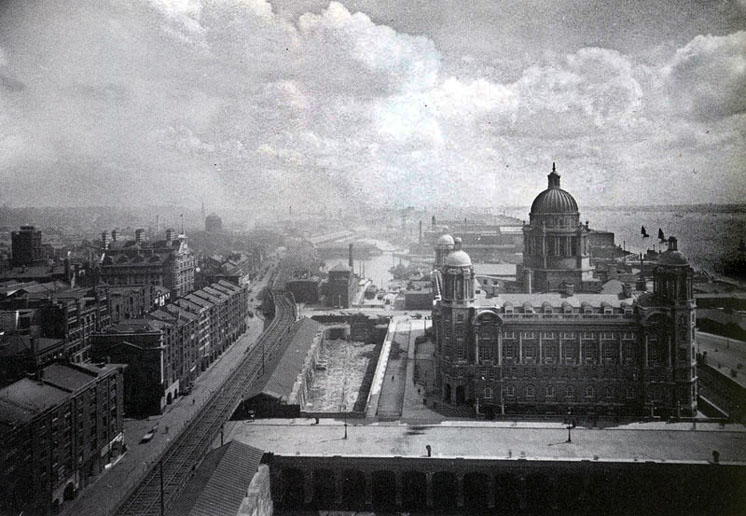
Dock Road, early 20th Century
During World War II Liverpool was a target as it was, obviously, an important port. Some 3,875 people died in Merseyside and more than 10,000 houses were destroyed. Many more people were seriously injured and many more houses were damaged.
Liverpool remains a very important port. Because of its position in the Northwest it is still the main port for trading with North America.

Toxteth Dock and Harrison steamships, early 20th Century
Imports
| Goods | Place of Origin |
|---|---|
| Raw Cotton | USA, West Indies |
| Corn | USA |
| Tobacco | Virginia, USA |
| Timber | Canada |
| Palm Oil | West Africa |
| Sugar | West Indies |
Exports
| Goods | Source of goods |
|---|---|
| Machinery | Manchester |
| Metal Goods | Birmingham |
| Salt | Cheshire |
| Pottery | Manchester |
| Glass | Liverpool and Manchester |
| Coal | Lancashire |
| Textiles | Manchester |
Industry
| Port Industries | Other Industries |
|---|---|
| Shipbuilding | Sugar Refining |
| Rope Making | Iron Working |
| Watch Making | |
| Glass Making | |
| Pottery | |
| Soap Manufacture |
Scarrow Associations
Along with Harrington, Whitehaven, Workington and London; Liverpool was one of the (five) ports in which one or more of the Scarrow mariners was based. The majority of the steam ships in which Robert Barnes Scarrow voyaged were registered here. William Scarrow (33 Upper Pitt Street) and Thomas Scarrow (60 Nelson Street, 33 Upper Pitt Street) lived here in the 1860s. Robert Barnes Scarrow lived here from around 1907 (34 Rosslyn Street, 39 Admiral Street) until the start of second world war.
| Scarrow | Period |
|---|---|
| John Scarrow II | 1825 |
| Joseph Scarrow | 1835, 1839-43, 1846, 1849, 1853, 1855, 1858-59 |
| William Scarrow | 1842, 1844, 1846, 1849-51, 1856, 1858-60, 1865. Residence 1862. |
| Thomas Scarrow | 1857-65, 1867-68. Residence from 1861 until 1870. |
| Robert Scarrow | 1905-14, 1917-20, 1924-40. Residence from 1907. |

